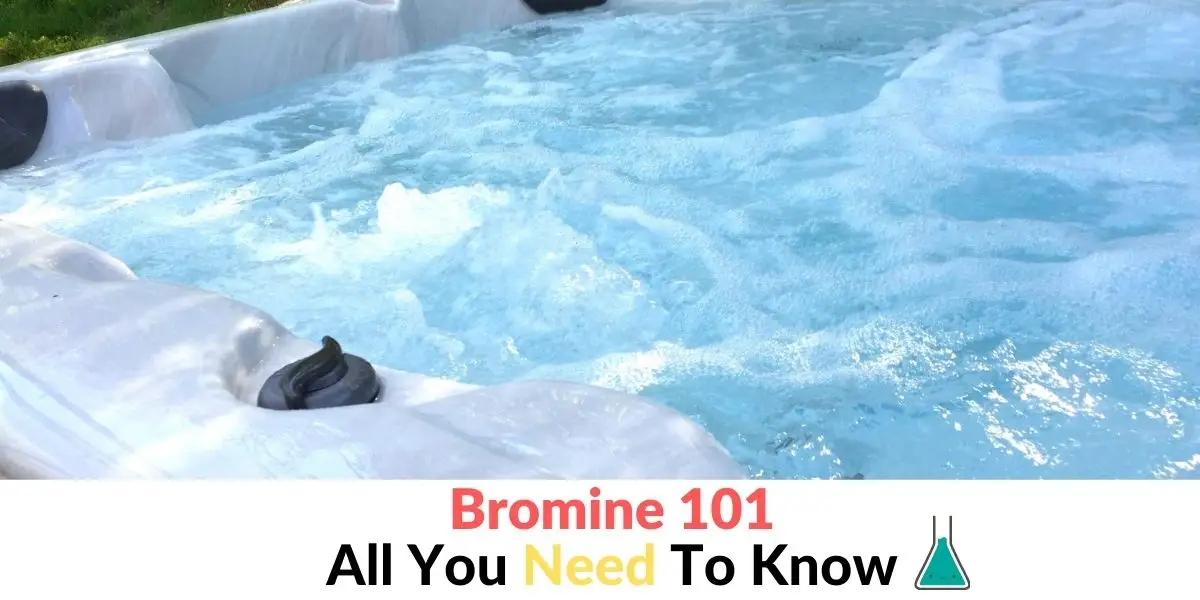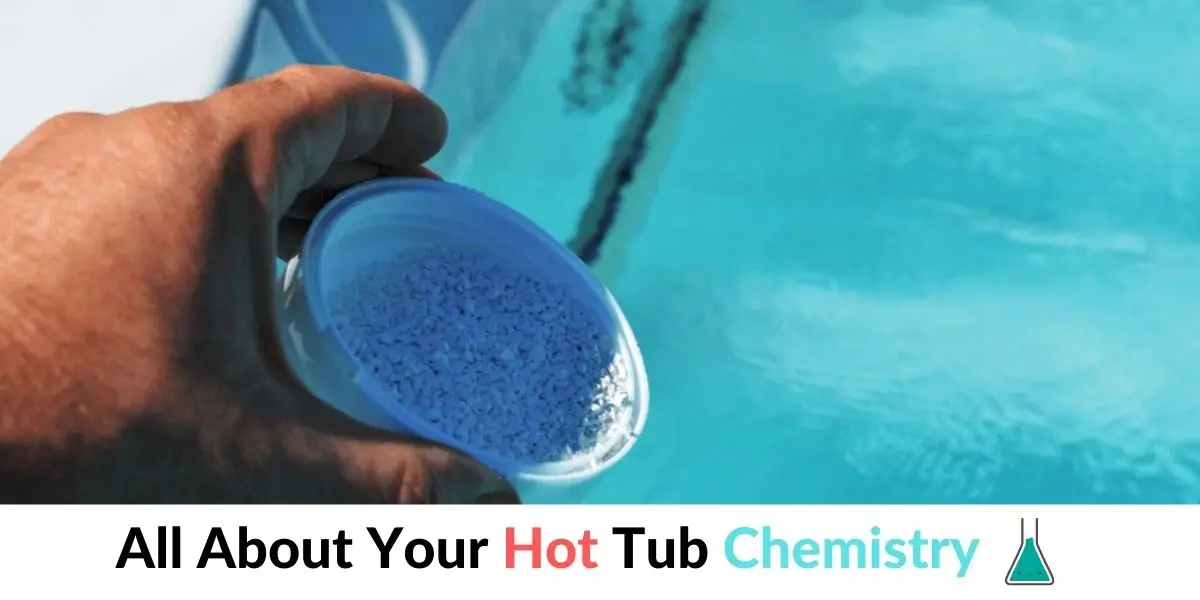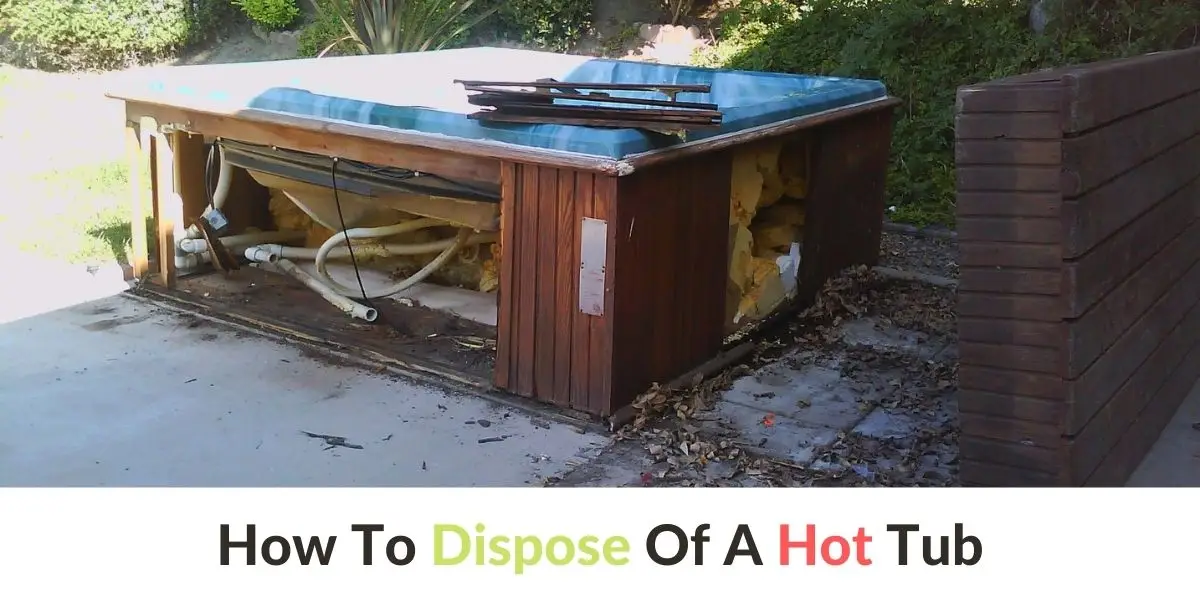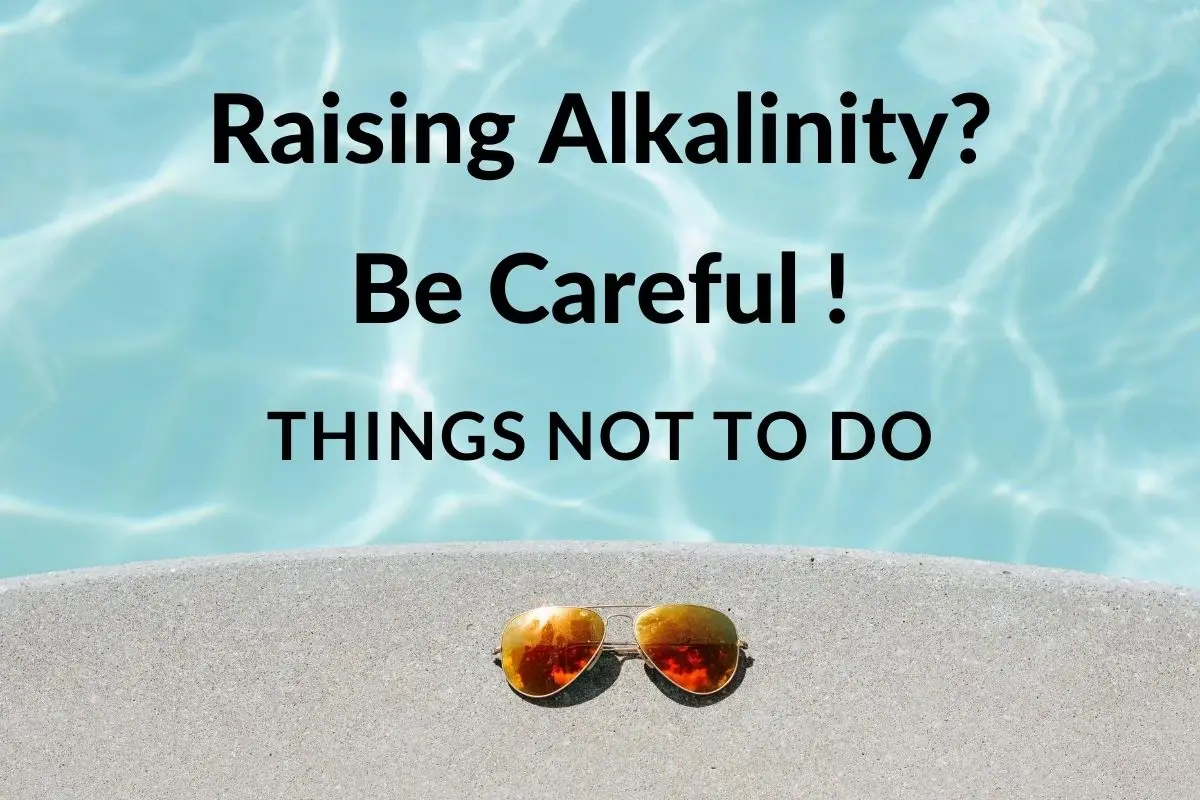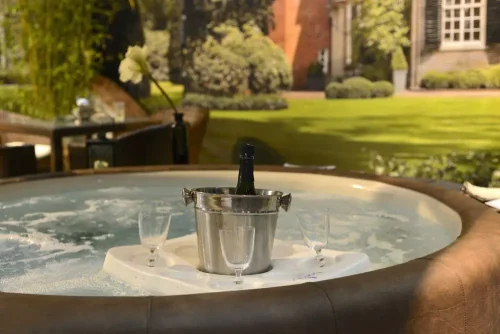Is My Hot Tub Ozonator Working?
To determine if your hot tub ozonator is working properly, you can perform the following tests:
- Visual Inspection: Check for any signs of physical damage, such as cracks or breaks in the unit.
- Ozone Output Test: You can purchase an ozone test strip to measure the ozone output of your ozonator. Simply dip the strip into the hot tub water for a few seconds and compare the color of the strip to the chart provided with the test kit.
- Corona Discharge Test: This test involves checking for the characteristic blue glow that is produced by the ozonator when it is working properly. This glow is visible through the glass or plastic window of the ozonator.
- Performance Test: You can perform a performance test by measuring the ozone levels in your hot tub water before and after running the ozonator. If there is a significant increase in ozone levels, then your ozonator is working correctly.
If you are unsure about performing these tests or interpreting the results, it is always best to consult a hot tub professional for help.
What are the Benefits of Using an Ozonator in a Hot Tub?
There are several benefits of using an ozonator in a hot tub, including:
- Improved water quality: An ozonator helps to purify the hot tub water by breaking down organic contaminants, reducing the amount of chlorine needed and keeping the water clean and clear.
- Enhanced hygiene: The ozone generated by an ozonator kills bacteria, viruses and other microorganisms, ensuring the hot tub water is hygienic and safe to use.
- Extended lifespan of hot tub equipment: By reducing the amount of chemicals needed in the hot tub, an ozonator can help extend the lifespan of the hot tub’s pumps, filters, and other equipment.
- Lower maintenance costs: As an ozonator reduces the amount of chemicals needed, hot tub owners can save money on their maintenance costs.
- Improved spa experience: Ozone has a natural, fresh smell and a soft, silky feel, making the hot tub water feel and smell better, enhancing the spa experience.
How does an Ozonator Work in Conjunction with Other Hot Tub Chemicals?
An ozonator works in conjunction with other hot tub chemicals by complementing the sanitizing process. While chlorine is commonly used to kill bacteria and viruses in a hot tub, the ozonator helps to enhance this process by producing ozone, which acts as an oxidizer to destroy organic matter. This can help to reduce the amount of chlorine needed, which can result in softer, clearer water and a more pleasant hot tub experience. The ozone produced by the ozonator can also help to break down combined chlorine, also known as chloramines, which can cause skin irritation, red eyes, and unpleasant odors. To ensure the best results, it is important to maintain a balanced chemical level in the hot tub and to use the ozonator in conjunction with other hot tub chemicals as directed by the manufacturer.
Is it Necessary to Use an Ozonator in a Hot Tub, and What Happens if I don’t Use One?
An ozonator is not a necessary component of a hot tub, but it can provide additional benefits in terms of water quality and hygiene. If you don’t use an ozonator, you will likely need to rely more on other chemical treatments, such as chlorine or bromine, to keep your hot tub water clean and clear. Without an ozonator, you may also experience a buildup of organic contaminants, such as sweat, oils, and cosmetics, that can contribute to skin irritation and create a less pleasant hot tub experience. Overall, while an ozonator is not essential, it can help you maintain a more comfortable and healthy hot tub environment.
What Should I Look for When Choosing an Ozonator for my Hot Tub, and What are Some of the Best Brands to Consider?
When choosing an ozonator for your hot tub, it’s important to consider a few key factors:
- Compatibility: Make sure the ozonator you choose is compatible with your hot tub’s make and model. Check with your hot tub manufacturer or a hot tub specialist to confirm the right type of ozonator for your hot tub.
- Size: Choose an ozonator with the right size for your hot tub. If your hot tub is larger, you’ll need an ozonator with a higher output to accommodate the increased water volume.
- Quality: Look for ozonators made from high-quality materials, as these will have a longer lifespan and perform better over time.
- Ease of Installation: Consider an ozonator that is easy to install and doesn’t require any special tools or equipment. Some models are designed to be plug-and-play, while others may require some plumbing work.
- Price: Ozonators range in price, with some models being more affordable than others. Keep in mind that the cheapest ozonators may not be the best quality, so it’s important to find a balance between cost and quality.
Some of the best brands to consider when choosing an ozonator include:
It’s always a good idea to do some research and read customer reviews before making a purchase to help you make an informed decision.
Observing Physical Signs of Ozonator Functionality
As a hot tub expert and blogger, I always emphasize the importance of paying close attention to the physical signs of your hot tub ozonator’s functionality. A functioning ozonator will typically produce a small amount of ozone bubbles that can be seen breaking the surface of the water. You can also listen for a low hum or buzz, which indicates that the ozonator is working properly.
In addition, if you have a hot tub with a clear ozonator chamber, you can observe the ozone generator inside. If you see a bright blue light, this is a good sign that the ozonator is producing ozone.
If you’re still unsure if your ozonator is functioning properly, you can also try the sniff test. Fill a small glass with hot tub water and give it a sniff. If you detect a distinct, slightly ozone-like odor, your ozonator is working as it should.
In conclusion, taking note of these physical signs of your hot tub ozonator’s functionality is a simple and effective way to ensure that it is working properly and effectively sanitizing your hot tub water.
Observing Your Hot Tub Water
Another way to determine if your hot tub ozonator is working is to observe the appearance and quality of your hot tub water. A properly functioning ozonator will keep the water clean and clear, without the need for frequent chemical treatments. If your water is cloudy, smells bad, or has a lot of foam or scum, it could indicate that your ozonator is not functioning optimally. Regular monitoring of the water will help you identify any issues early on, allowing you to make any necessary adjustments.
Additionally, you can also check the level of chlorine or other sanitizers in your water. If the levels are too high or too low, it could indicate a problem with your ozonator. Regular water testing can give you a better understanding of your hot tub’s water chemistry and ensure that your ozonator is working effectively.
Do Ozonators Work in Hot Tubs?
Yes, ozonators work in hot tubs. Ozonators are devices that produce ozone, which is a form of oxygen that can be used to sanitize hot tub water. By introducing ozone into the water, hot tub ozonators can help to reduce the amount of chemicals needed to maintain a clean and healthy hot tub environment. This not only makes hot tub maintenance easier but also helps to make the hot tub water gentler on skin and hair.
However, it’s important to note that ozonators are not a substitute for other hot tub sanitizing systems, such as chlorine or bromine, but they can be used as a supplementary method of water treatment.
How do you Maintain an Ozonator in a Hot Tub?
To maintain an ozonator in a hot tub, follow these steps:
- Regular Cleaning: Clean the ozonator regularly to remove any build-up of minerals or debris. Use a damp cloth to wipe down the unit.
- Check the Electrical Connections: Make sure all electrical connections are tight and secure to prevent power loss.
- Replace the O-Rings: Replace the O-rings that help create a tight seal between the ozonator and the hot tub. These seals can dry out over time and can cause leaks, reducing the efficiency of the ozonator.
- Replace the UV Lamp: Replace the ultraviolet (UV) lamp every year to maintain its effectiveness in killing bacteria and other pathogens in the water.
- Check the Air Flow: Make sure that the air flow through the ozonator is not restricted. Clean the air intake and exhaust vents as needed.
- Inspect for Leaks: Check for leaks periodically, and if any are found, repair them as soon as possible. Leaks can reduce the effectiveness of the ozonator.
- Use the Right Chemicals: Use the right chemicals in your hot tub to ensure the ozonator functions properly. Avoid using harsh chemicals that can damage the ozonator and the hot tub itself.
By following these simple steps, you can ensure your hot tub ozonator is working efficiently and effectively.
How Long do Hot Tub Ozone Generators Last?
On average, hot tub ozone generators can last for up to 2-5 years. The lifespan of an ozone generator depends on various factors such as the quality of the equipment, the frequency of use, and proper maintenance. Regular maintenance, such as cleaning the generator and checking its components, can help extend its lifespan. Additionally, purchasing a high-quality ozone generator from a reputable manufacturer can also help ensure its longevity.
Do you Need Chlorine with an Ozonator?
Whether or not you need chlorine with an ozonator in a hot tub depends on the type of ozonation system and the size of the hot tub. In general, ozonators work to reduce the amount of chlorine needed to sanitize the water, but some systems may not be sufficient to completely eliminate the need for chlorine. Additionally, larger hot tubs may require a higher level of sanitization, which an ozonator alone may not be able to provide. It’s important to consult with a hot tub expert or read the manufacturer’s instructions to determine the specific requirements for your hot tub.
Does an Ozonator Kill Mold?
An ozonator can help to reduce mold in a hot tub by killing bacteria and other microorganisms that can contribute to mold growth. However, it is not a guarantee that it will completely eliminate mold and it is still recommended to regularly clean and sanitize the hot tub to prevent mold growth.





